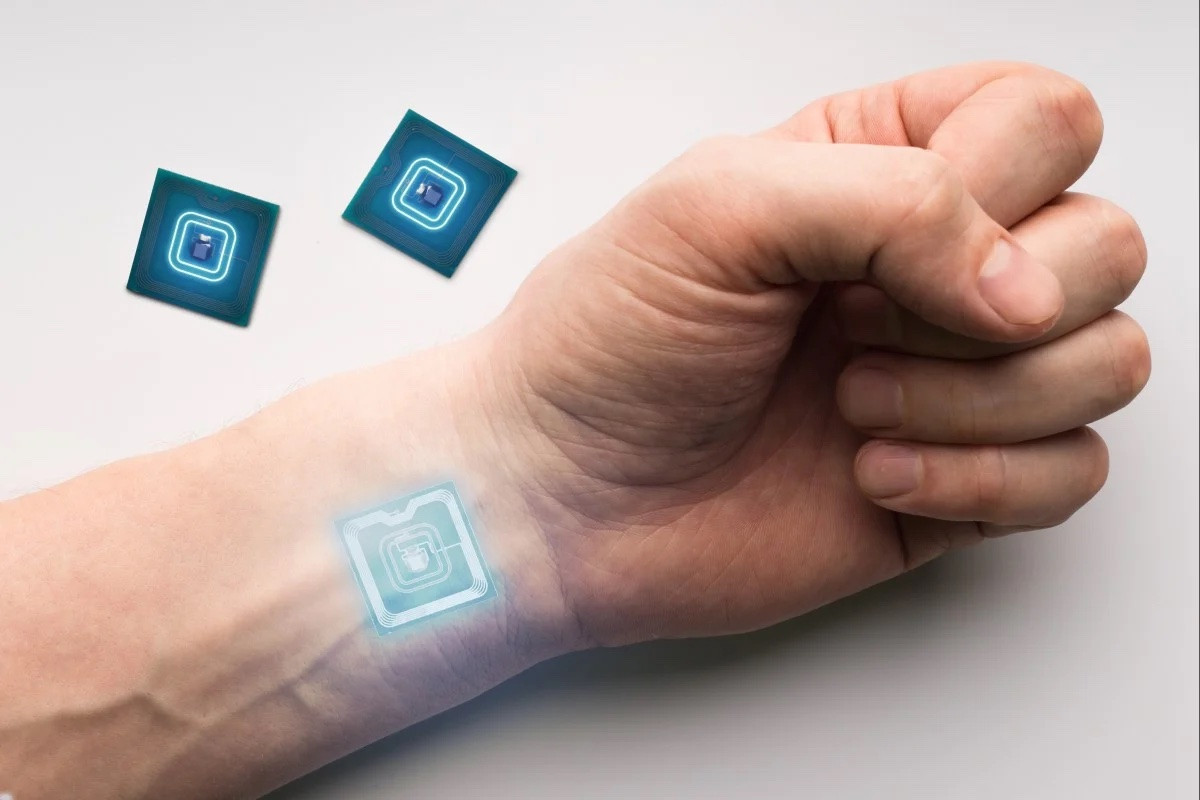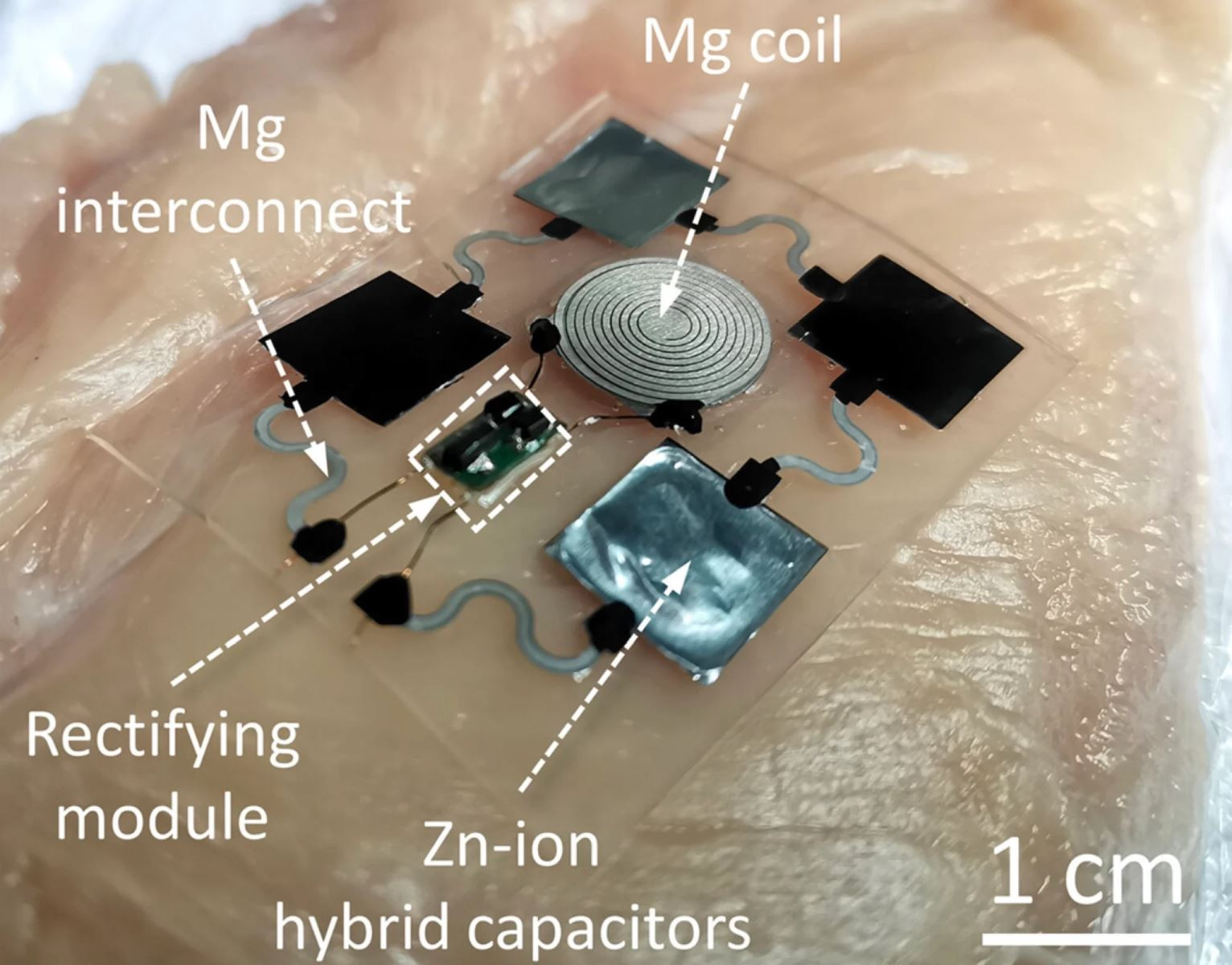Chinese scientists have developed a wireless, biodegradable energy storage and reception device that could power bioelectronic implants.

Implantable bioelectronic systems – such as tracking sensors and drug-delivery implants – are a reliable, minimally invasive way to effectively monitor and treat disease, according to the South China Morning Post (Hong Kong, China). However, according to a study published in the journal Science Advances by scientists at Lanzhou University, the development of power modules to power these devices is lagging behind the creation of biocompatible sensors and circuits.
Although scientists have developed many biodegradable power devices, they are disposable and do not provide enough power for biomedical applications.
Furthermore, power-supply devices that are often connected to chargers through the skin can cause inflammation, while non-rechargeable battery-powered devices that require surgical replacement can cause many complications.
To address this gap, researchers have developed a wireless implantable energy system with high energy storage efficiency and tissue compatibility properties. The soft and flexible design of this device also adapts to the shape of tissues and organs in the human body.
The wireless power supply consists of a magnesium coil that charges the device when the external transmission coil is placed on the skin layer above the implant. The energy received by the magnesium coil passes through a circuit before entering the energy storage module, which is made up of hybrid zinc-ion supercapacitors. Supercapacitors store energy in the form of electrical energy, whereas batteries store energy in the form of chemical energy.

According to the study, although supercapacitors store less energy, they have high energy density, so they can consistently release high amounts of energy.
The prototype power supply system – housed in a flexible biodegradable chip-like implant – can integrate energy harvesting and storage into the device. From there, electricity can be routed directly through the circuit into an accompanying bioelectronic device, or into a supercapacitor to ensure a stable, reliable power output after a full charge.
Both zinc and magnesium are essential to the human body. The researchers note that the amounts of zinc and magnesium in the device are below daily intake levels, making the biocompatible implants biodegradable.
The entire device is encased in polymer and wax, which can bend and twist to conform to the structure of the tissue.
Tests on mice showed that the device could work effectively for up to 10 days and completely degrade within 2 months.
According to research, the operating time of this device can be changed by changing the thickness and chemical properties of the shell.
Scientists emphasize that the drug delivery system can be integrated into different tissues and organs in the body and “plays an important role in providing and treating drugs on demand locally.”
To demonstrate the power source's functionality, the researchers connected stacked supercapacitors to a receiving coil and a biodegradable drug delivery device and implanted the device into mice. The implanted prototype consisted of separate pieces joined together.
Drug delivery devices containing anti-inflammatory drugs were implanted in mice with yeast-induced fever.
As a result, during the 12-hour monitoring period, the temperature of the non-implanted group of mice was significantly higher than that of the implanted group.
However, the researchers said that switching the device on and off is still problematic, because the device only stops when it runs out of power. But they said that triggering charging according to a schedule could help control when the device is turned on and off.
In mice implanted with uncharged devices, the researchers said there was also some passive release of the drug, as temperatures recorded in this group were also lower than in the control group.
The scientists stressed that this prototype “represents an important step forward in advancing a range of temporarily implantable bioelectric devices with the potential to provide efficient and reliable energy solutions.”
According to Tin Tuc newspaper